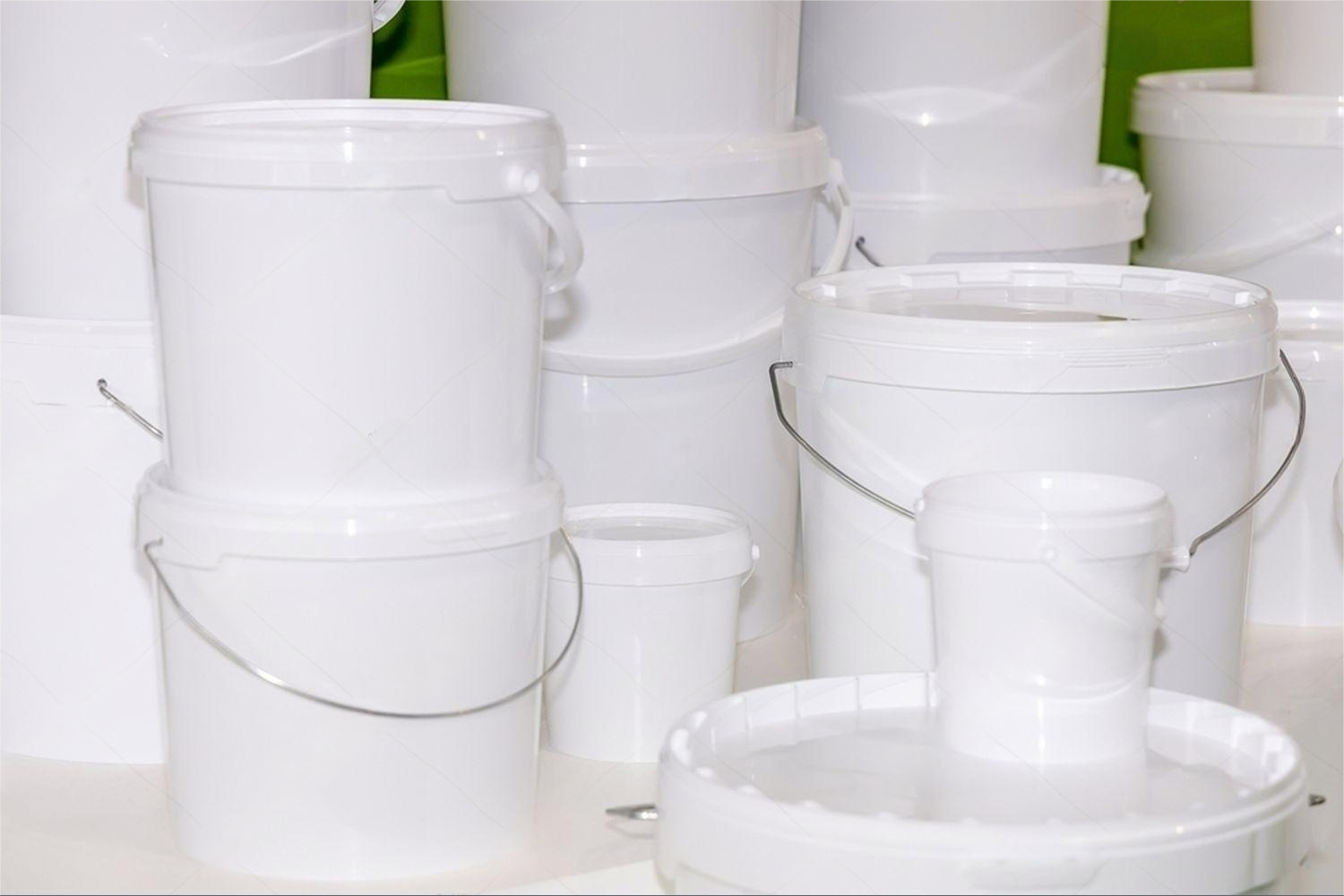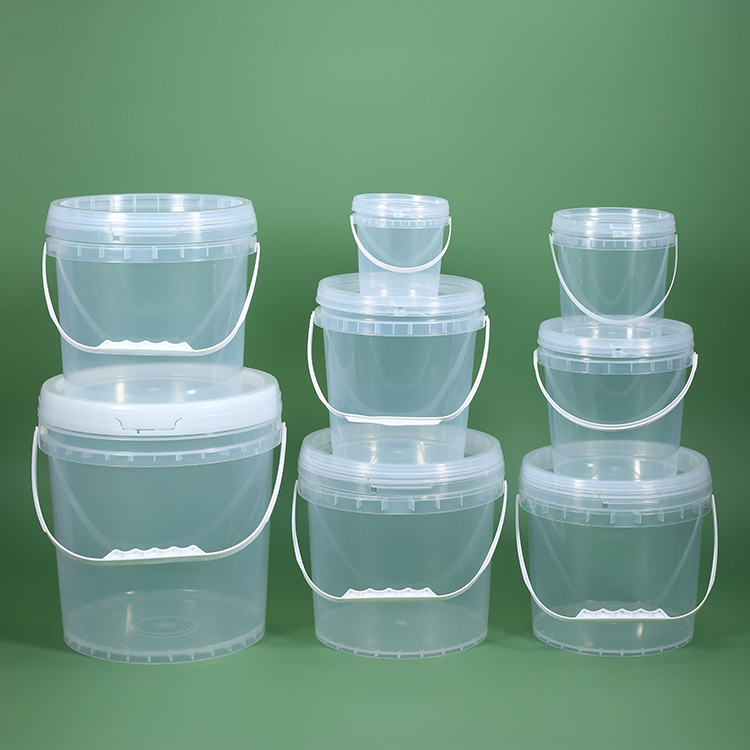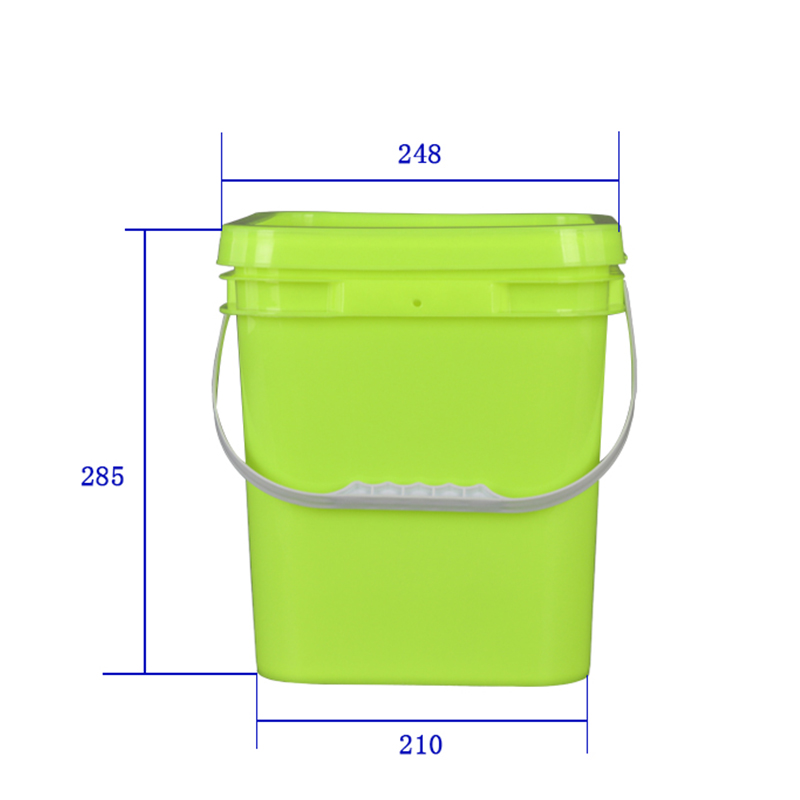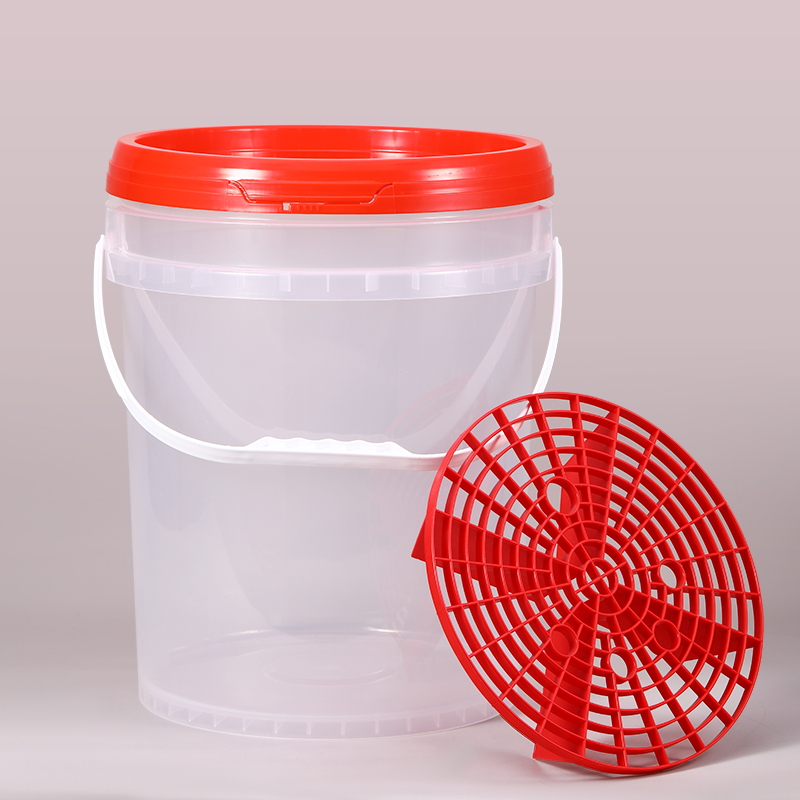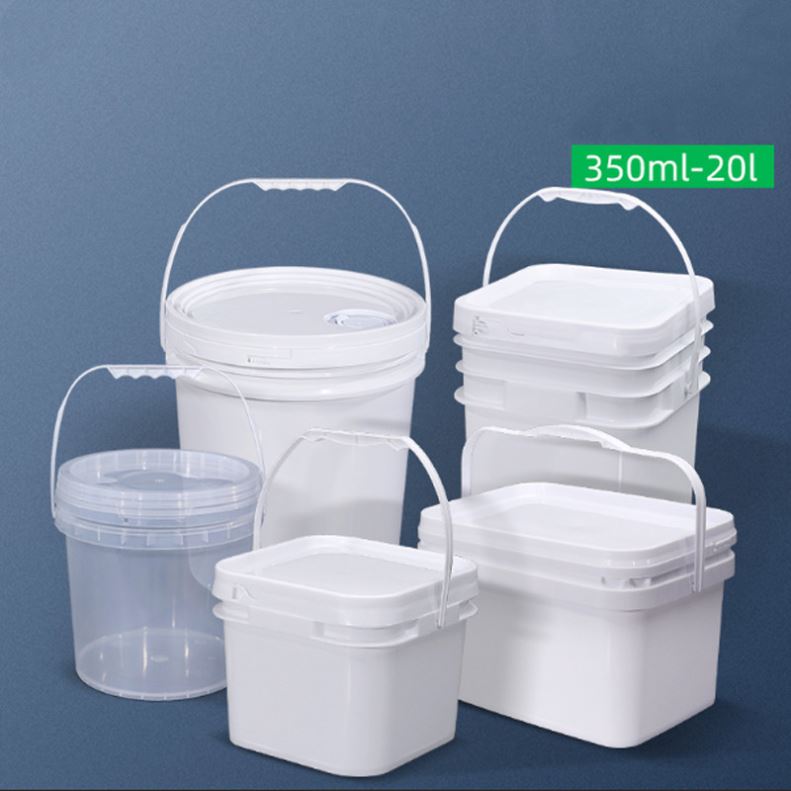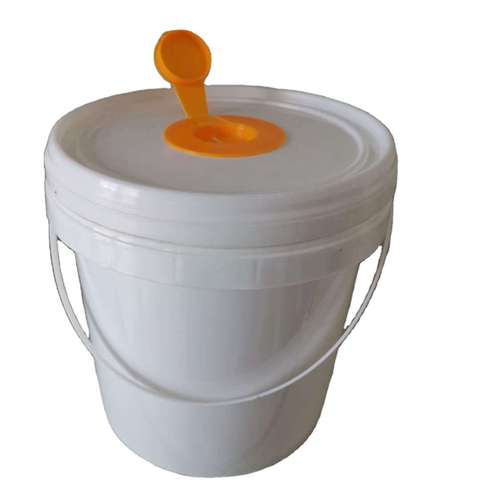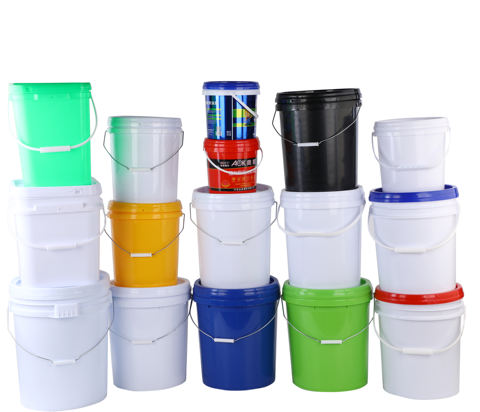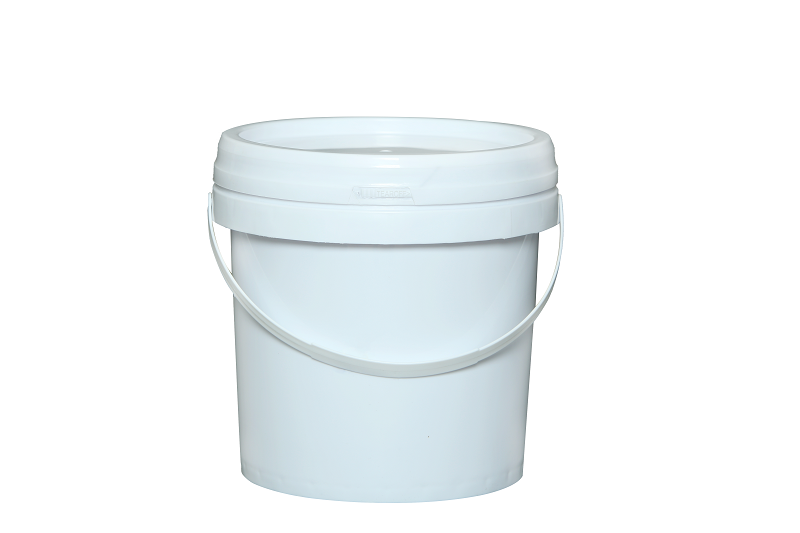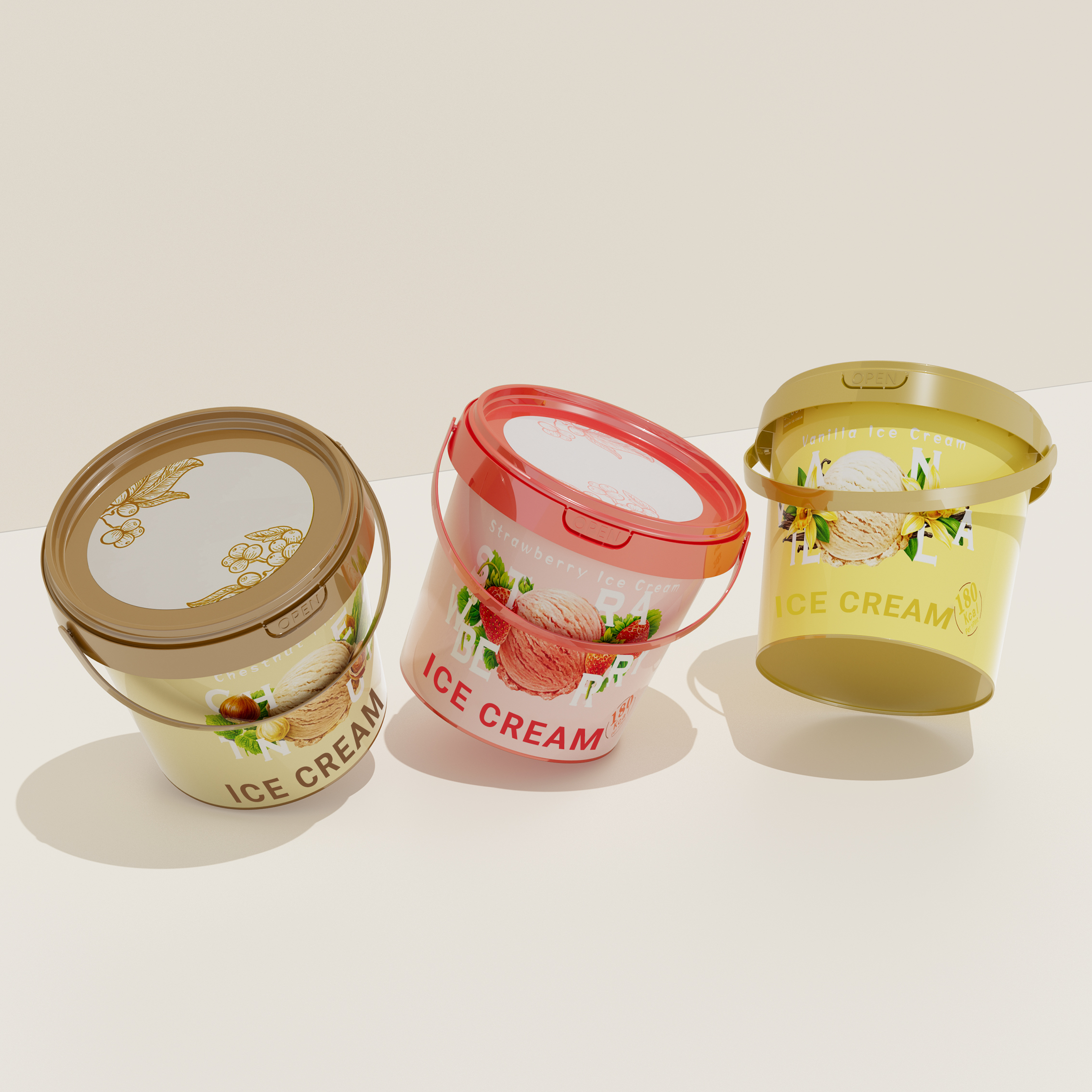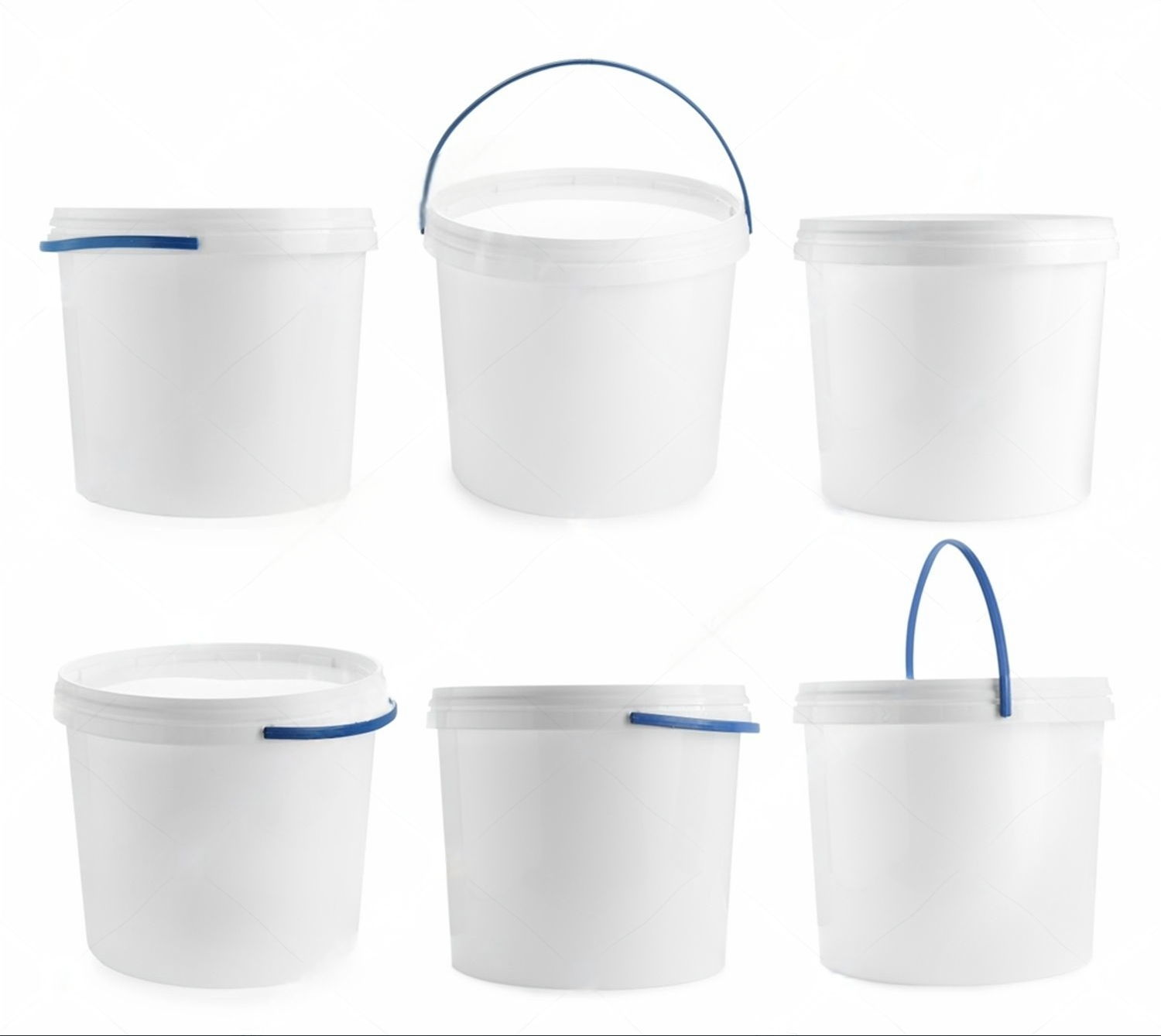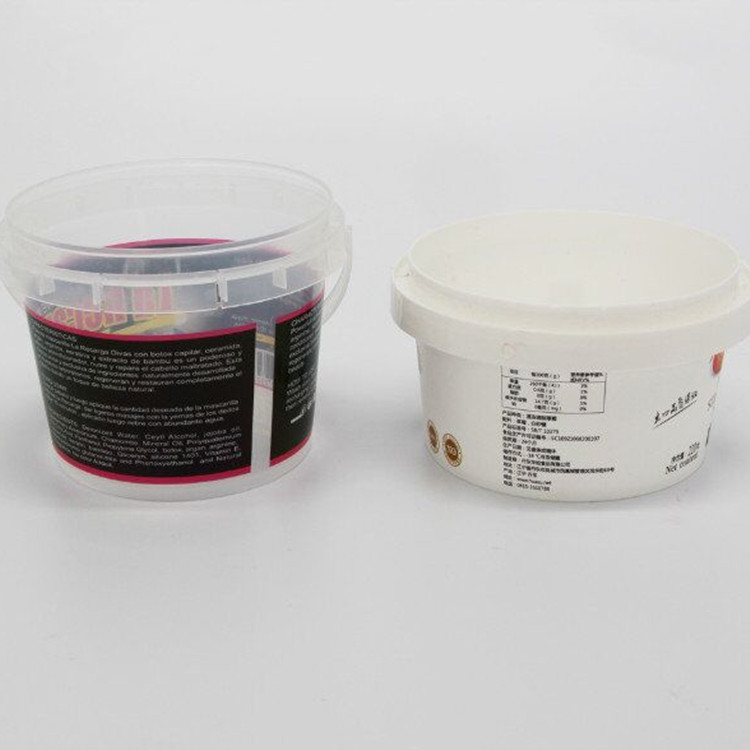
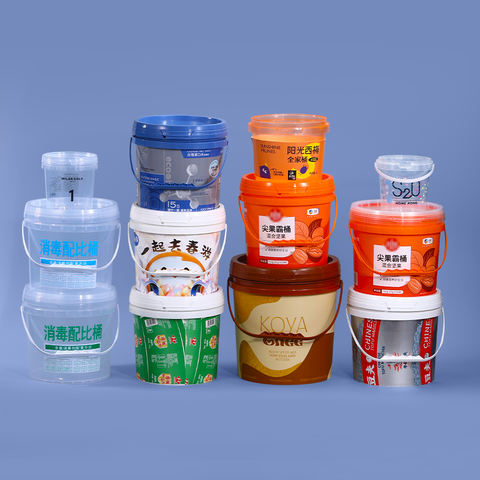
Diseño de líneas de producción: Fabricación de cubos para alimentos
Análisis exhaustivo de la producción de cubos de alpiste en 2024, que abarca materiales, procesos de fabricación, normas de seguridad y prácticas de sostenibilidad. Guía esencial para profesionales del sector y fabricantes.
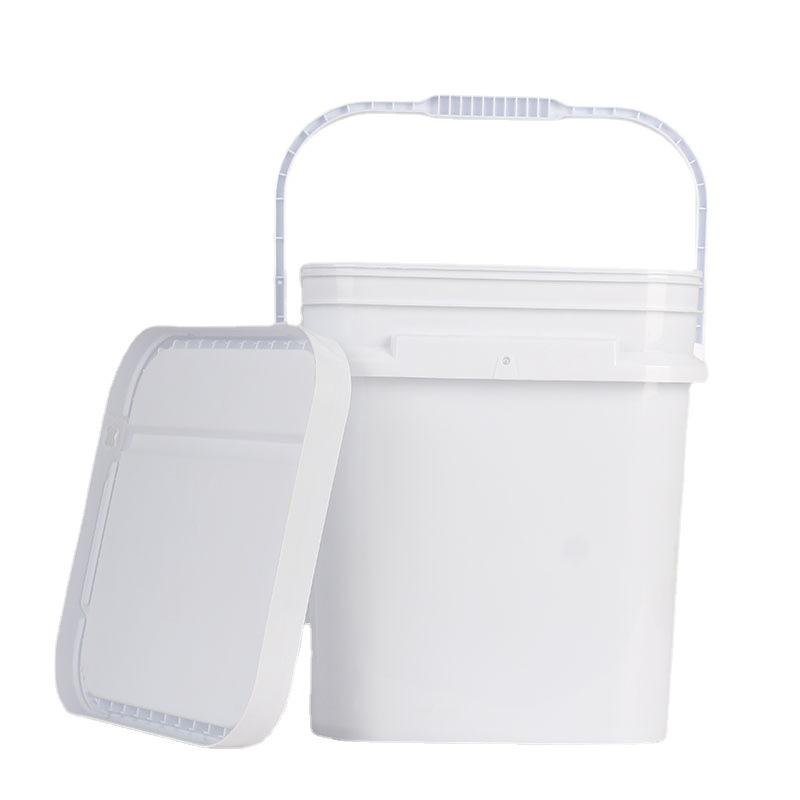
Eficiencia de la producción: Análisis de la fabricación de cubos cuadrados
Inicio Índice de contenidos Introducción En el competitivo panorama del envasado, los cubos cuadrados han surgido como una opción popular para

Normas de calidad: Producción de cubos de calidad alimentaria
Descubra las exhaustivas normas de calidad para la producción de cubos de uso alimentario, desde la selección de materiales hasta los requisitos de certificación. Conozca los controles de fabricación, las normas de tamaño, los protocolos de ensayo y las opciones de personalización. Incluye preguntas frecuentes esenciales sobre soluciones de envasado alimentario, perfectas para fabricantes y compradores que buscan información sobre el sector.

.jpg)
